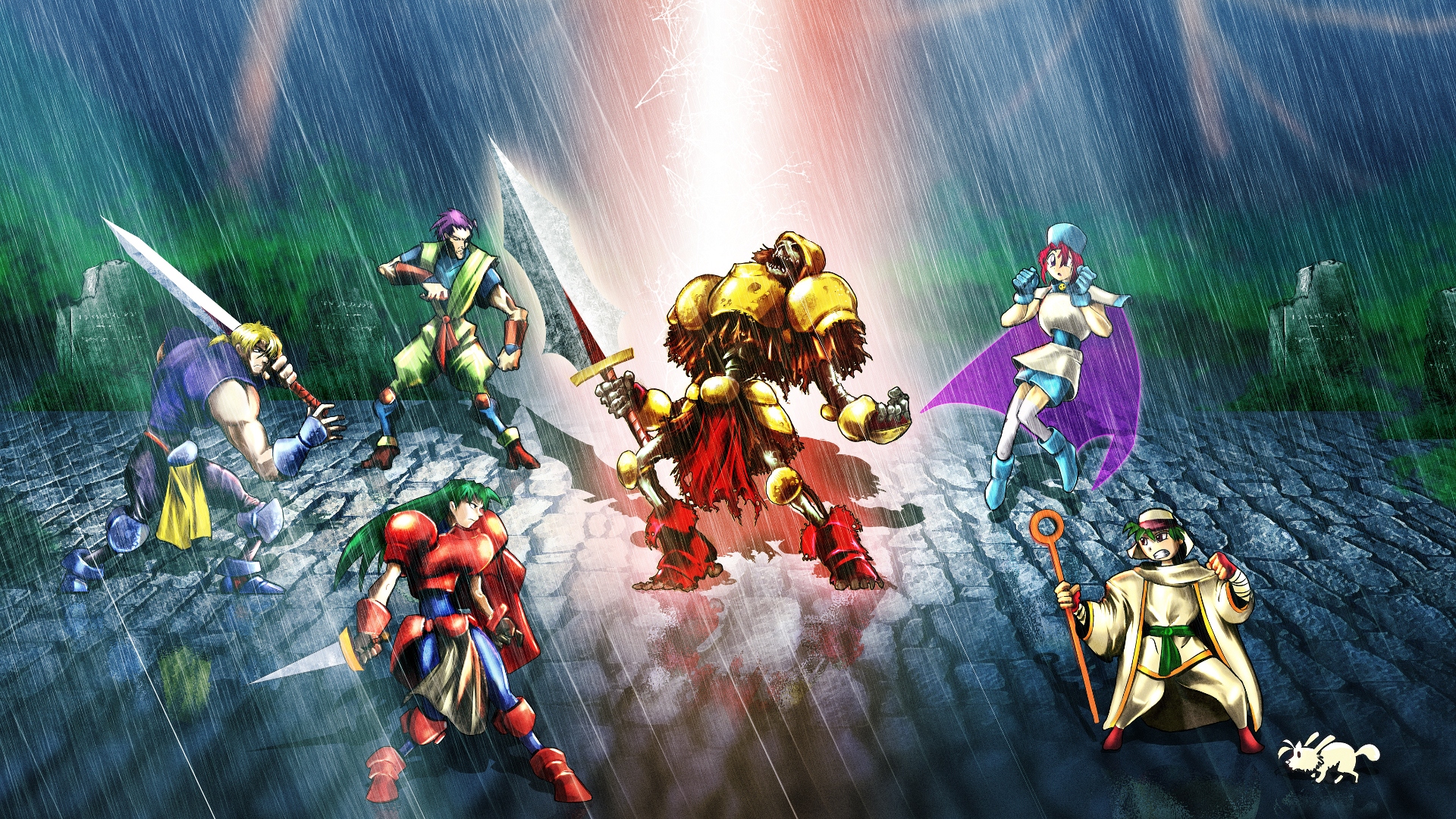

Until recently we used such workaround but, in the case of Sega Rally, it was magnifying the dots on the border of the road. It’s possible to workaround those holes with the OpenGL renderer, but at the end of the day you end up creating other issues in the process. holes everywhere : if you zoom in on the last screenshot, you’ll notice some holes here and there, on the top of the hills, on the road in the back, those holes don’t exist on the other screenshots.border of the road : on console, Mednafen and Kronos’s new renderer, if you zoom in, you’ll notice it’s not a smooth line, there are dots, this is the accurate behavior the last screen, while the smooth line might look better, is actually inaccurate.There are 2 things noticeable related to this VDP1 behavior in those : Let’s do some comparison, from first to last, those images were shot from console, Mednafen/beetle, Kronos (OpenGL CS renderer), Kronos (the old OpenGL renderer, based on YabaSanshiro’s). It is what this renderer is about : reproducing VDP1 behavior accurately. There are tricks like tesselation, but ultimately they are just workarounds for specific issues and not all-in-one solutions for this. Here is some good news though : with OpenGL 4.3, a new feature called compute shaders was introduced, you might have heard about it through Flycast’s order independent transparency, or N64’s parallel, this new component gives lots of flexibility to OpenGL, and allows the implementation of routines to render quads line per line. They did this to prevent gaps between the lines.Ī modern graphics APIs like OpenGL doesn’t know how to do that, because its rendering pipeline is based on triangle geometry, so basically it can’t reproduce VDP1 behavior. It had to draw the lines with an extra pixel where the slope changed, so all of the pixels had a neighbor to the left, right, top, or bottom. The VDP1 was rendering “quads” line per line, the general idea was to interpolate endpoints along the horizontal edges, then to draw textured lines between those endpoints. The VDP2 handled backgrounds, while the VDP1 handled sprites, textures and polygons. It features 8 processors, among them are 2 custom graphics processors called VDP1 and VDP2. It has been some time since the last report, let’s try to go a bit more in-depth this time.


 0 kommentar(er)
0 kommentar(er)
